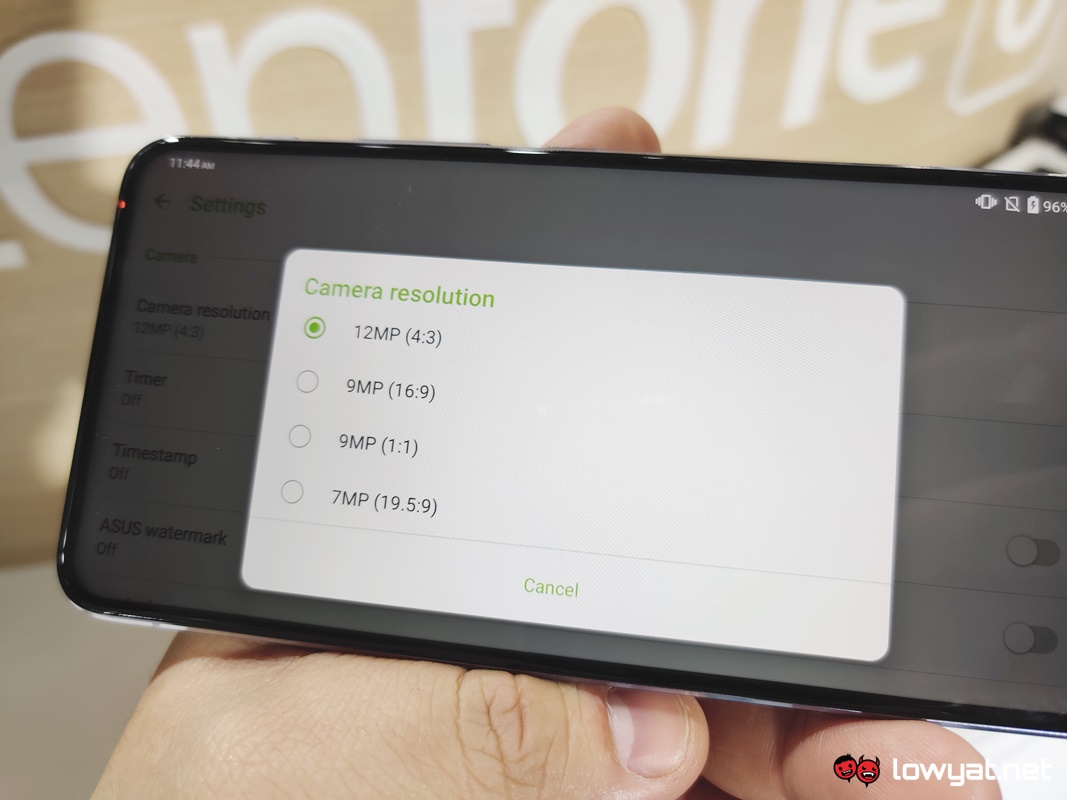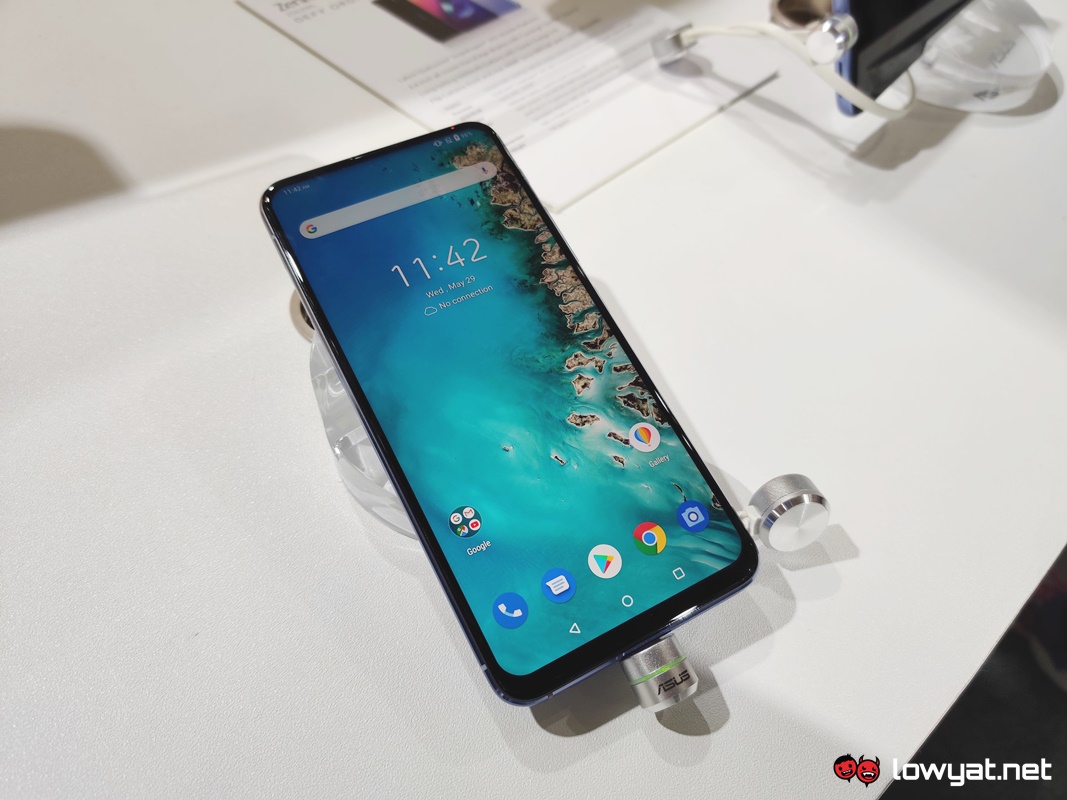That having been said, I managed to spend some time with ASUS’ flagship smartphone here at its booth in Computex 2019. Allowing me to see what the fuss surrounding the phone is all about. There are a few things that catches my attention about the ZenFone 6. The first is its weight, and there’s a perfectly valid reason why I’m bringing this up. As you all know, the phone isn’t a slouch; it’s loaded with some of the most premium hardware currently available. Including a Qualcomm Snapdragon 855 SoC, up to 8GB RAM, and 5000mAh battery that ASUS says will get you through two days before requiring a charge up.
I should also recap that the ZenFone 6 – while available in storage capacities of up to 256GB – also has the option of expandable storage via MicroSD card. That expansion is part of a triple card slot that is also comprised of a dual SIM card tray. Then there’s the camera module and the rotating mechanisms that come with it. In my experience, smartphones equipped with any type of motorised mechanisms are usually the culprits. Adding to the phone’s overall weight. But that isn’t the case here. ASUS has manage to shave off that weight, due to the dual purpose of the camera modules and the lack of a dedicated front-facing camera. But more on the camera later.
The takeaway here is simple this; the ZenFone 6 doesn’t feel as heavy. In comparison, the recently launched OnePlus 7 Pro has more heft to it, and that’s a phone with a motorised selfie camera to boot. Moving on, the overall build quality of the ZenFone 6 feels solid, sturdy. Its polished looks good, thanks on no small part to ASUS’ long-used concentric circle pattern and design. The phone’s fingerprint sensor is situated at the eye of the design. In my opinion, however, I can’t help but feel that it looks a little out-of-place, especially since the phone seems to sport a kind of minimalist theme.
At the front, the phone’s 6.4-inch Full HD+ IPS looks equally as gorgeous, and more importantly, it is free of the dreaded notch. It’s a very responsive display, and colour reproduction looks gorgeous, thanks to the HDR10 support baked into it. And before you ask; No, the display does not have a refresh rate higher than 60Hz. That leaves us with the main attraction of the ZenFone 6 – its motorised, dual-camera system. Specs-wise, the system uses a 48MP Sony IMX586 camera sensor and secondary 13MP ultra-wide angle sensor. Interaction with the camera is fluid and interaction with the on-board camera settings are virtually instantaneous. I absolutely love how the camera flips up from back-to-front whenever I switch between modes, and ASUS has given the phone more ways than one to do just that.
For context, we usually switch between the back and front cameras at a touch of a button. With the ZenFone 6, you can manually adjust the angle of the camera module by simply holding said button. And dragging your finger either away or towards yourself. This in itself opens up a whole a new world of camera opportunities and, from what I can see, can also change the way panoramic shots can be captured with this phone. There’s also a motion tracking mode within the camera that literally enables the camera to track a subject on camera (yes, really). All I have to do is tap on a subject, and voila, the camera simply rotates accordingly to track the target. And I don’t even have to face the subject directly.
What I find odd, however, is the camera’s maximum resolution. Don’t get me wrong, I think it takes some really detailed pictures. But despite having the 48MP camera, there’s no pixel resolution option beyond 12MP. Clearly, this is another missed opportunity, and I see no reason why ASUS couldn’t give users access to the higher resolution. After all, HONOR already does it with the View20 and more recently, its new HONOR 20 series flagships.
As mentioned earlier, ASUS still isn’t saying if or when the phone will be arriving on our shores. Until it does, that sadly means that this is the closest I’ll be getting to experiencing the phone.
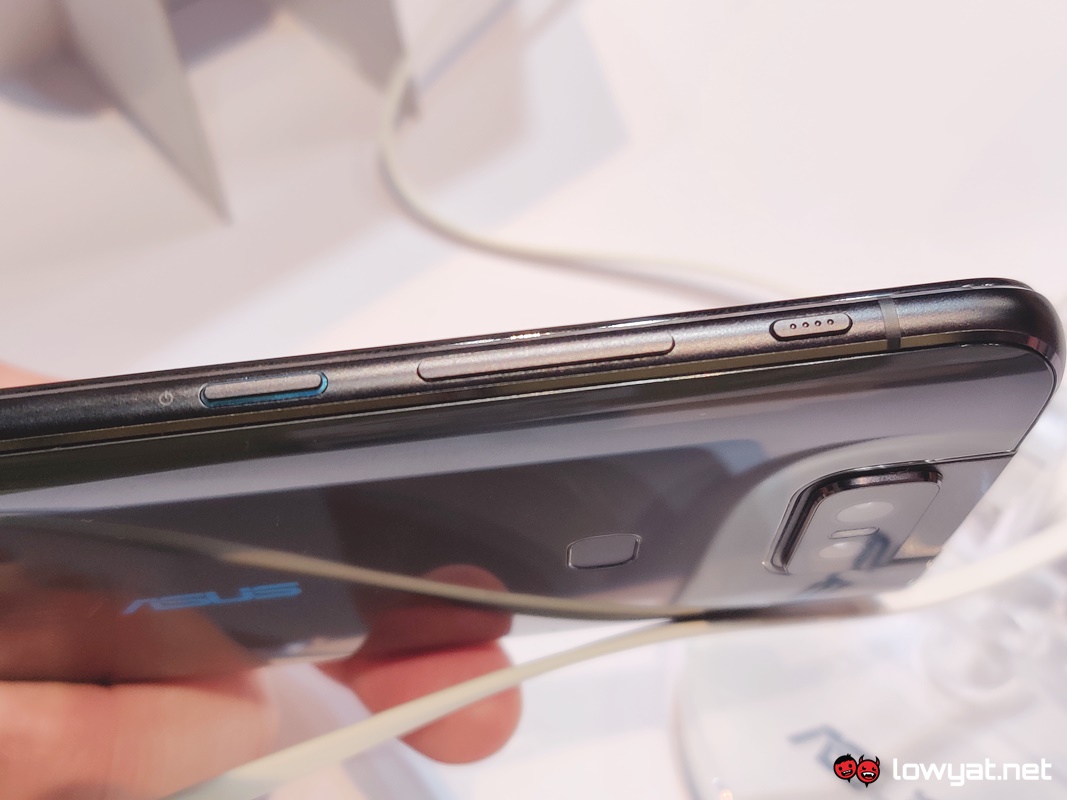
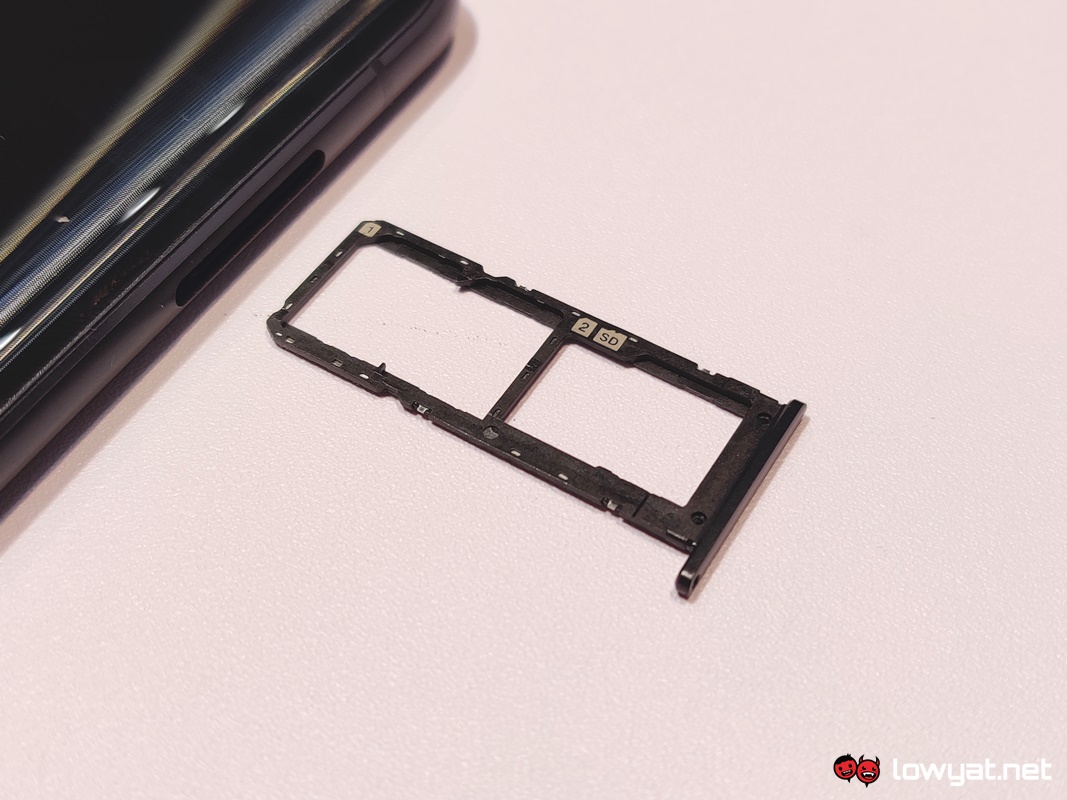
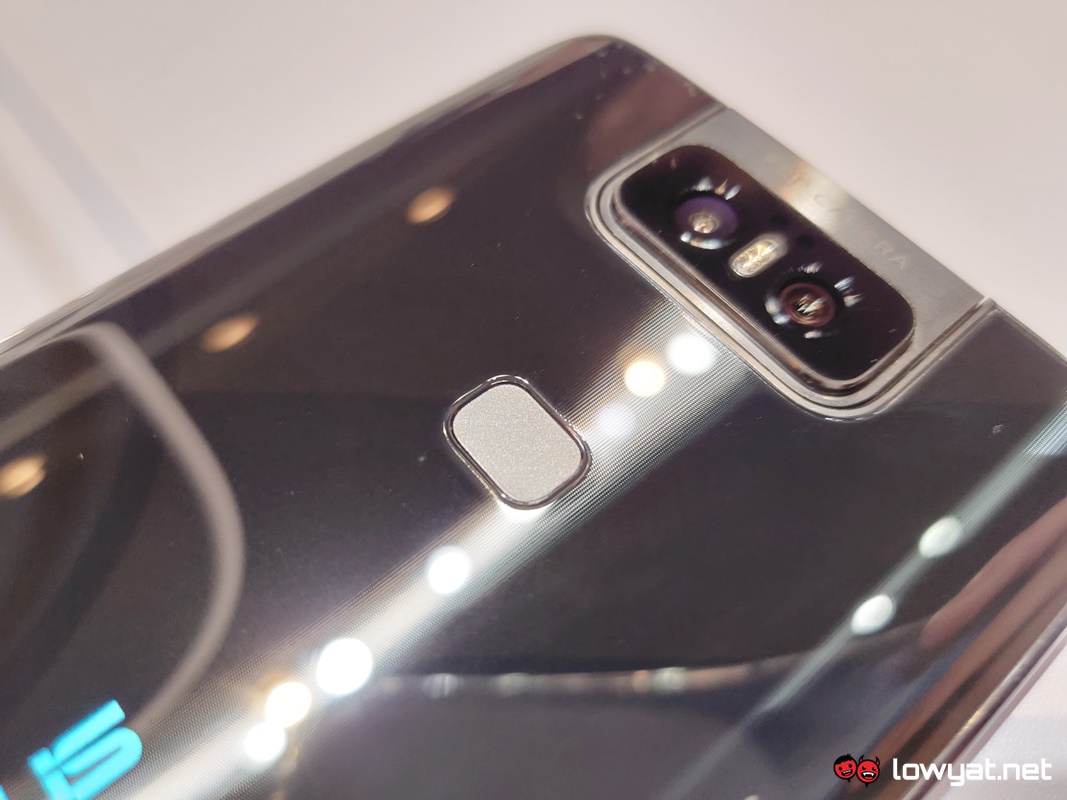
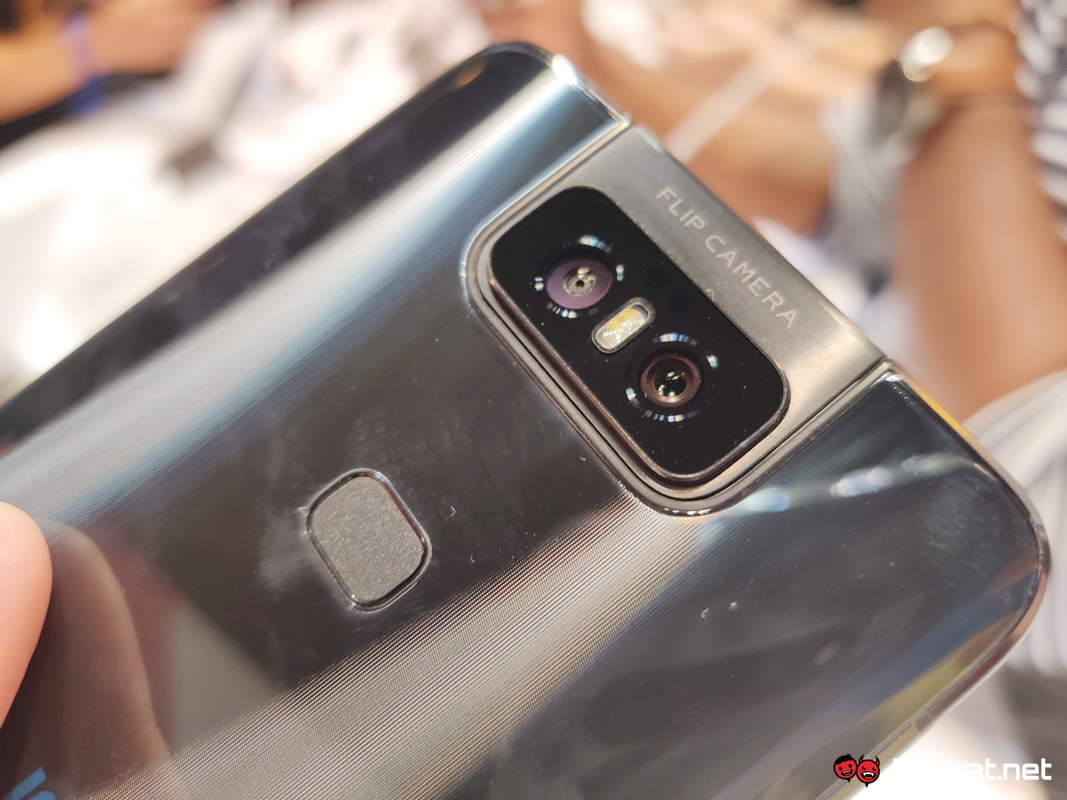
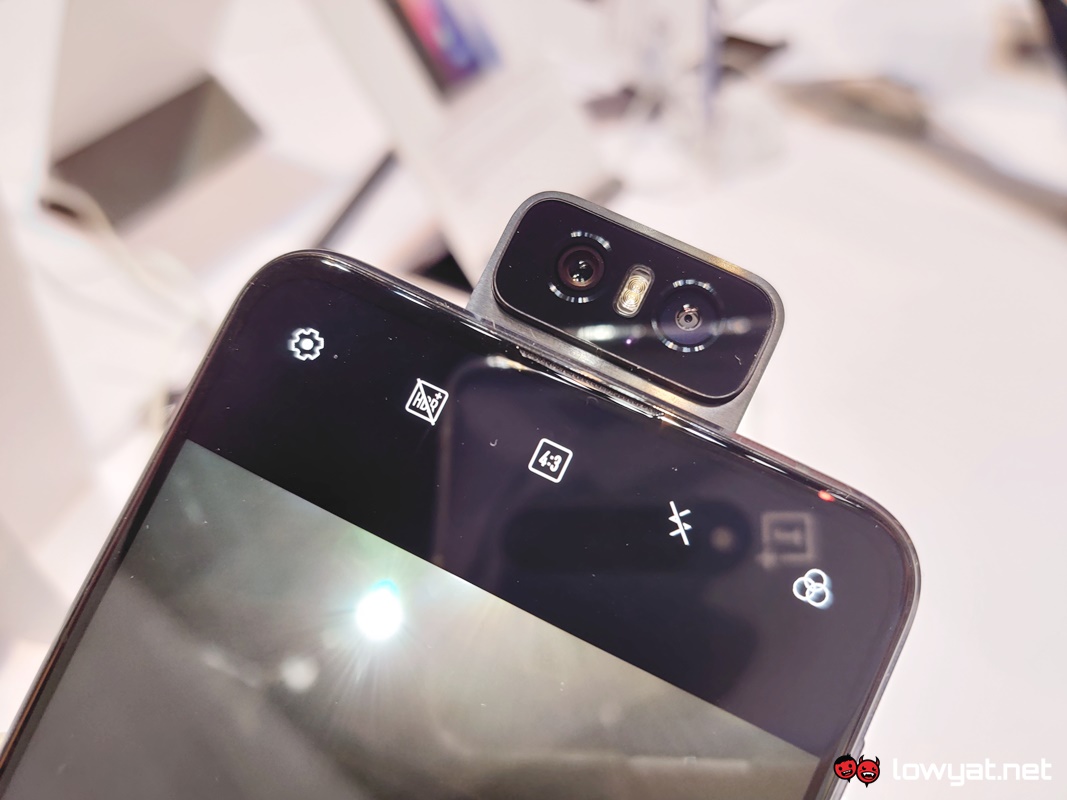
![]()
